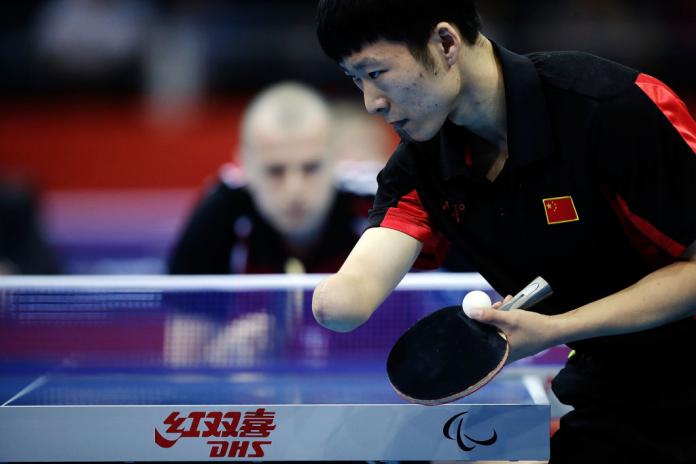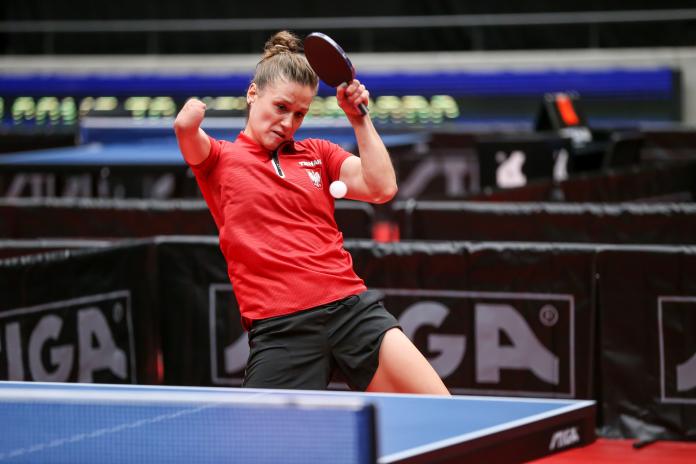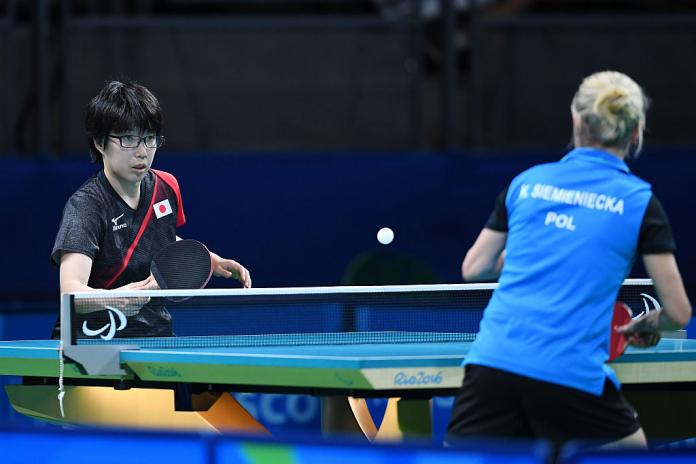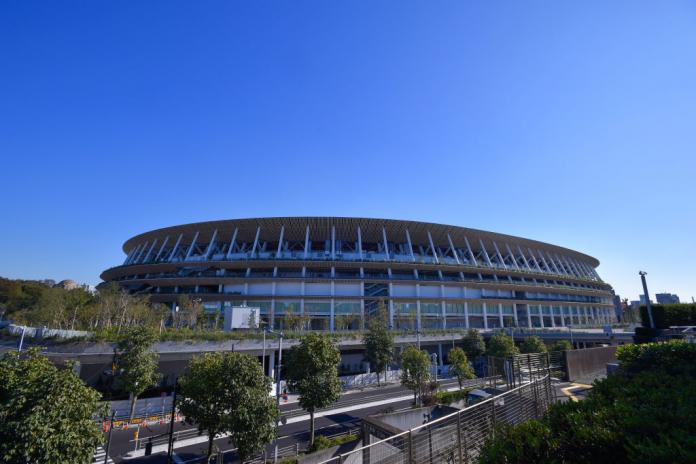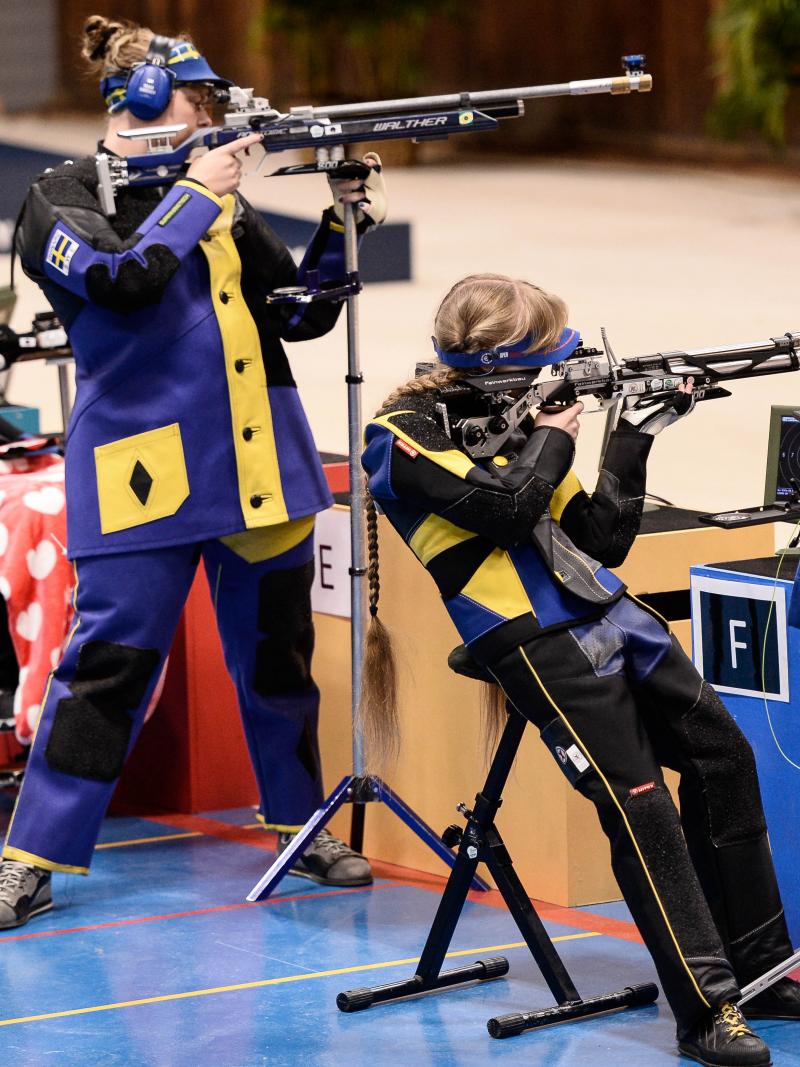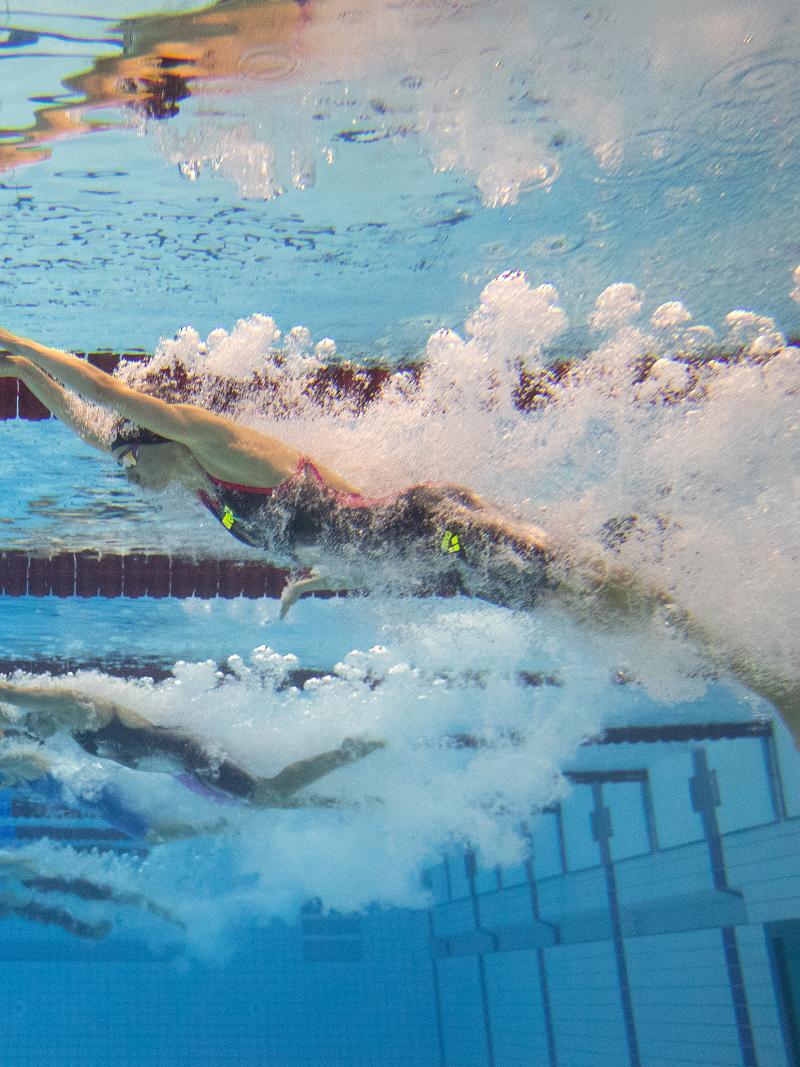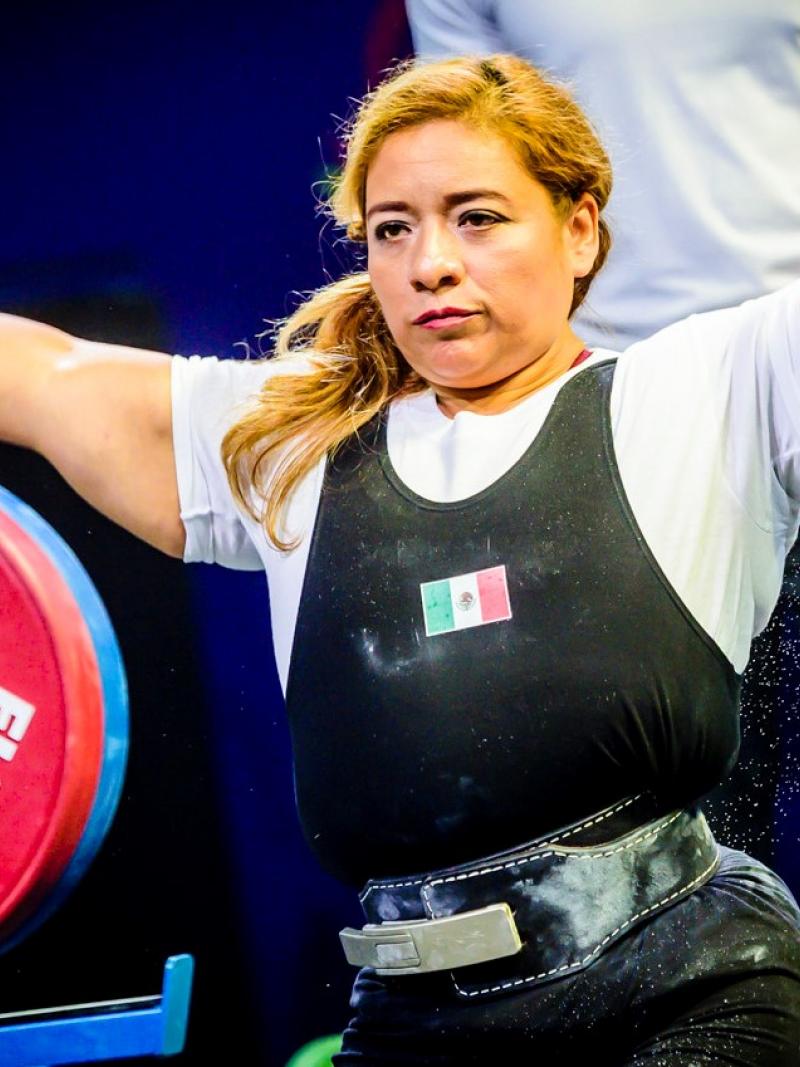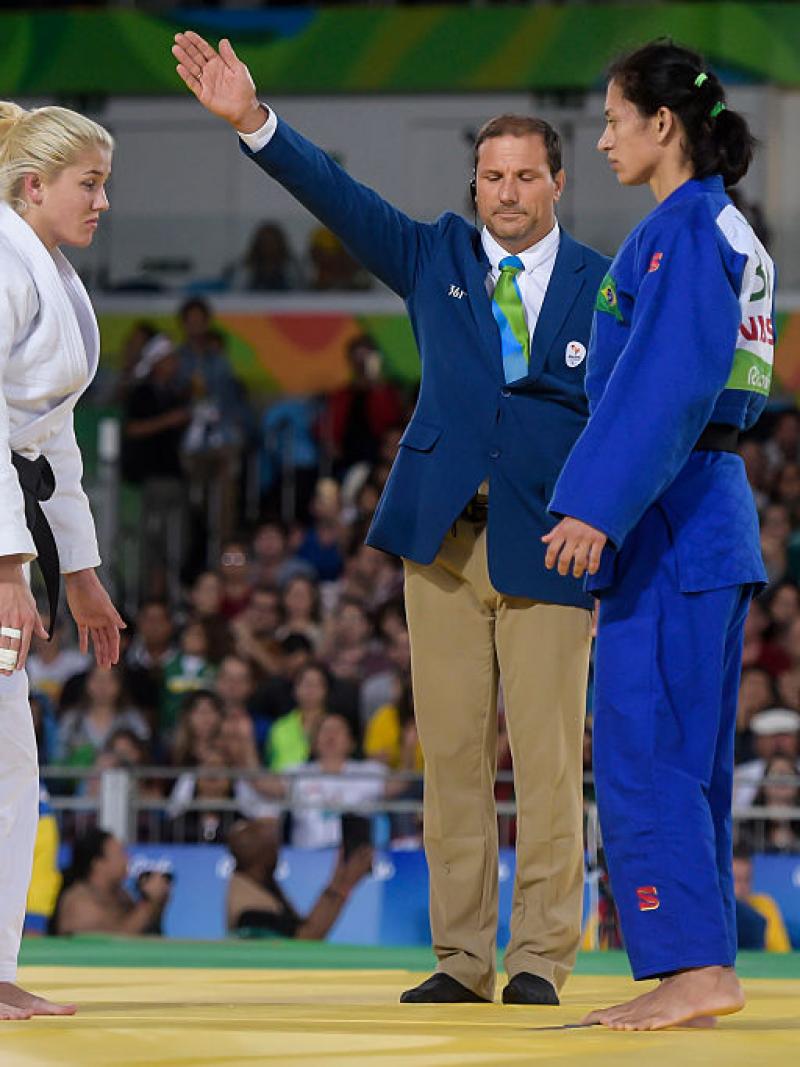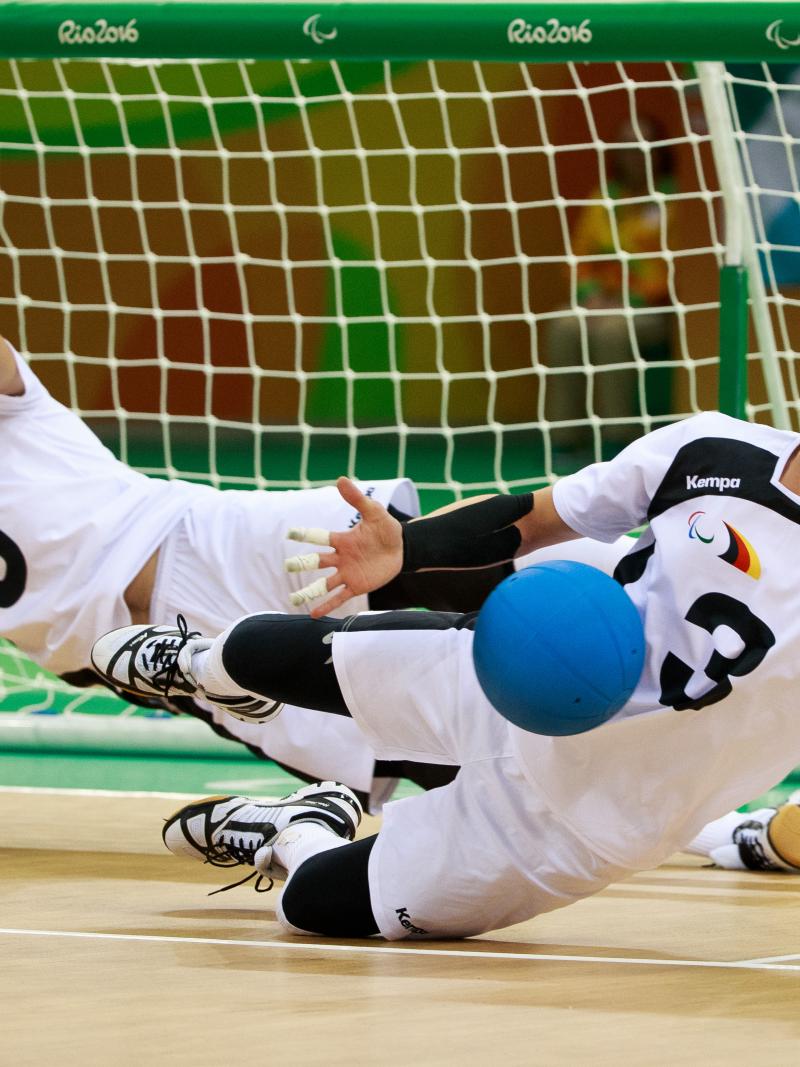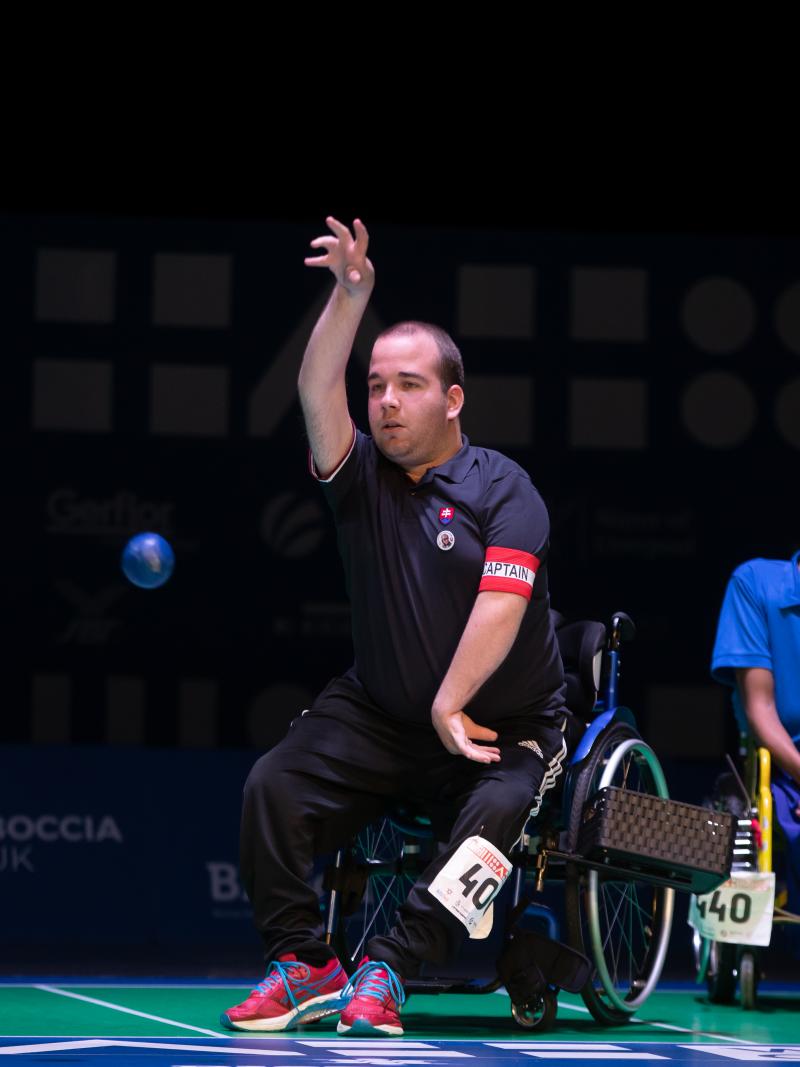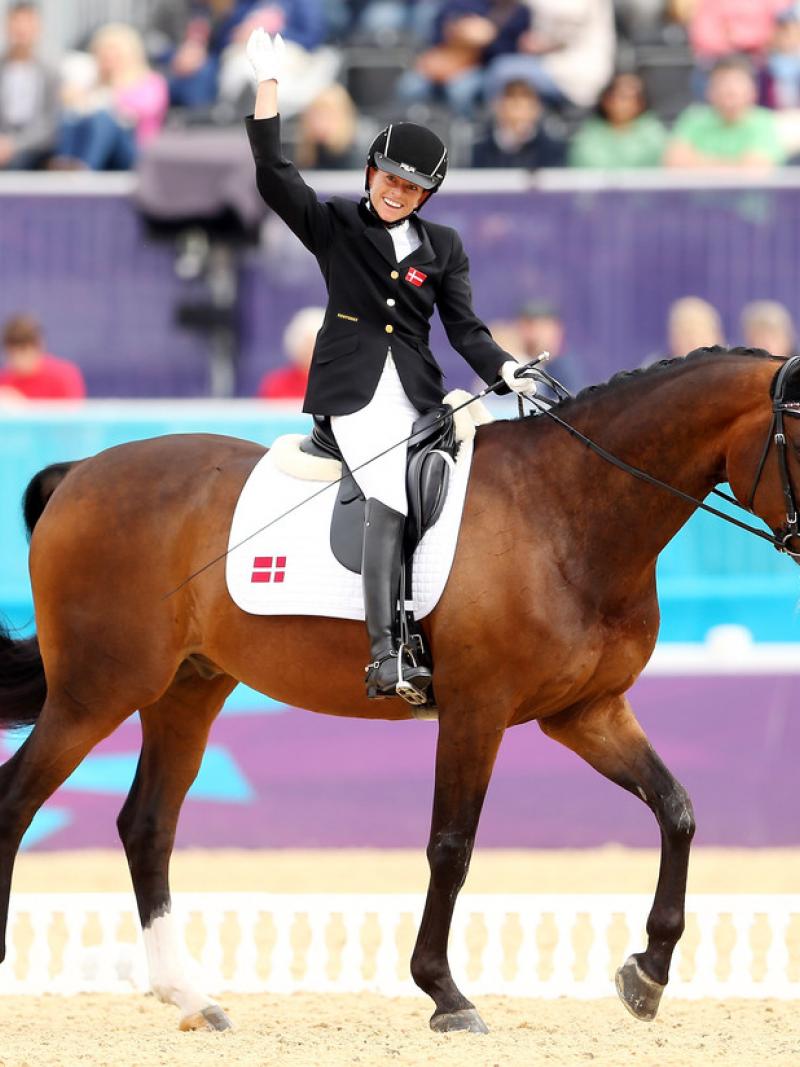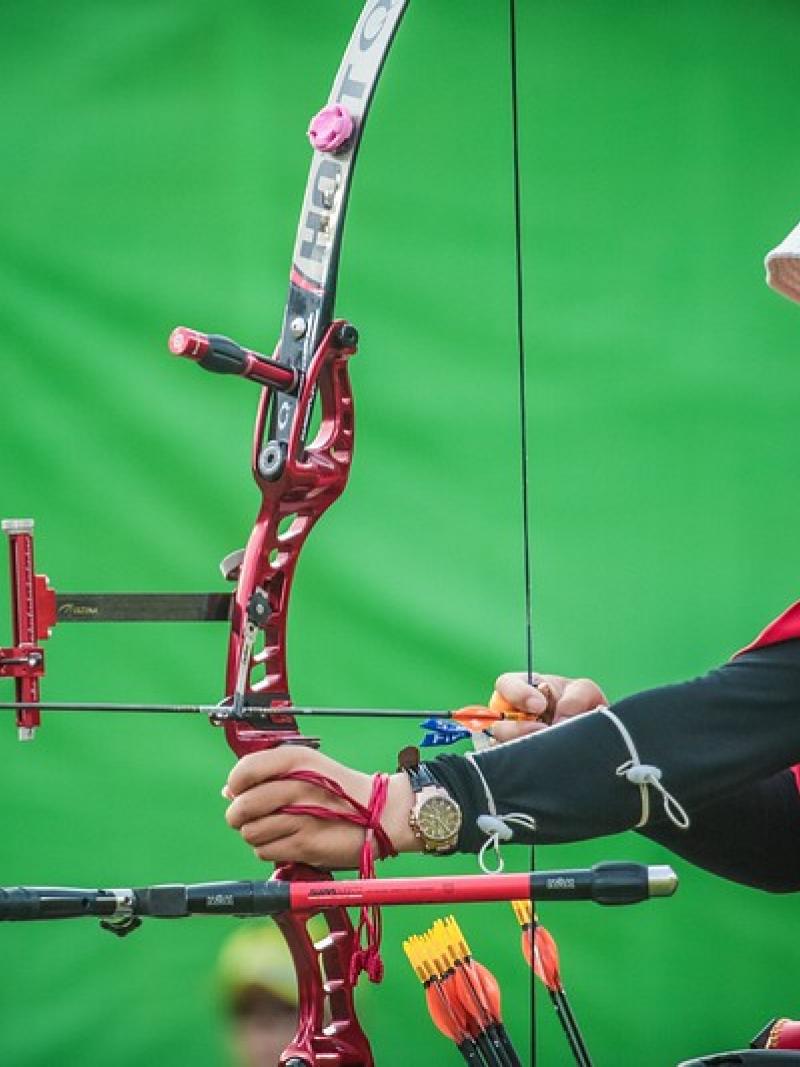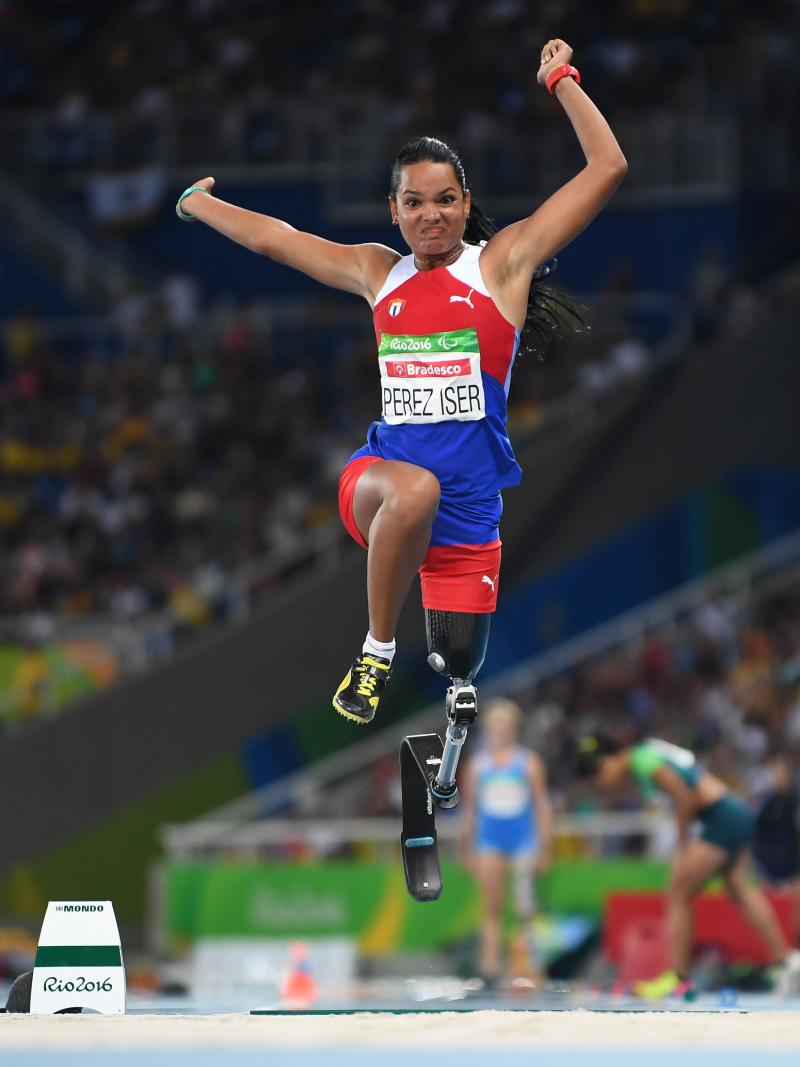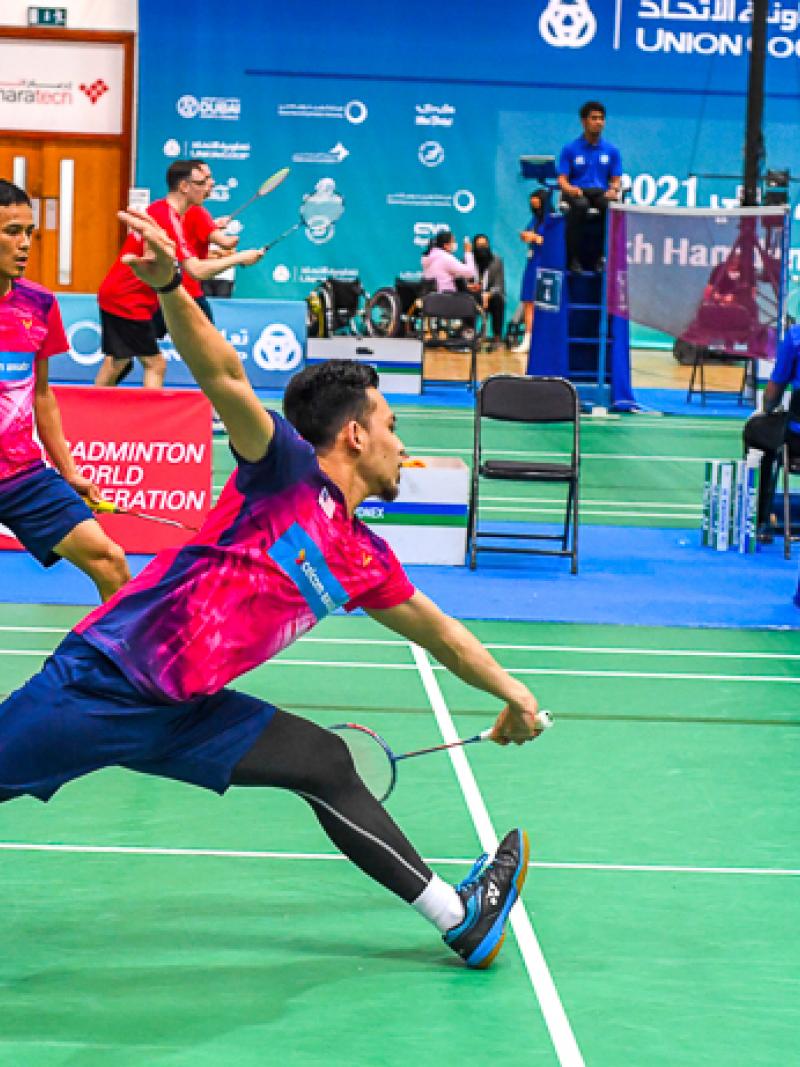Sport Week: 10 things to know about Para table tennis
The sport started with 11 medals events at Rome 1960 and now has 31 at Tokyo 2020 08 Jul 2021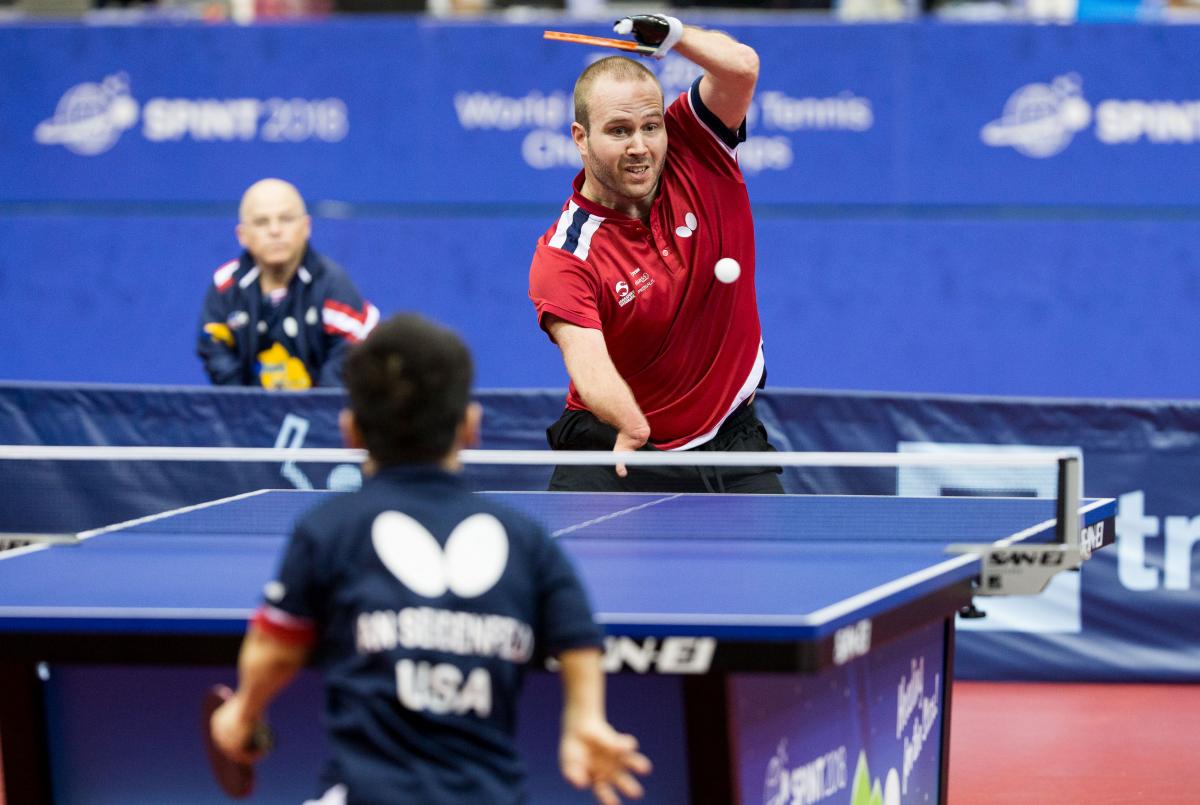
As one of the eight sports featured at the first Paralympic Games, Para table tennis has grown over the years and now has athletes taking part from all corners of the world. Here are more facts to know about the sport before Tokyo 2020:
1. Table tennis was included in the first Paralympic Games in Rome in 1960, 28 years before the sport made its Olympic debut. It consisted of 11 medal events, six for men and five for women.
2. All events were for athletes in wheelchairs, until the Toronto 1976 Paralympics included the first events for standing players. Now the sport includes a range of athletes with physical and intellectual impairments.
3. Table tennis was invented in Great Britain in the 1880s. Played by the upper classes, the game was played on the dining table, using household items for equipment. People would use piles of books as the net, a champagne cork as the ball and cigar box lids as the bats. By 1900, the sport was rapidly evolving and growing in popularity as an organised sport.
4. Matches are played as the best of five sets of 11 points each. In fact, Para table tennis follows many of the basic rules regarding equipment, match process and points scoring to its able-bodied version. One difference is that there are special rules regarding the ball toss part of the serve in some classes. Under Olympic rules, the ball must be placed in the open palm of the hand, thrown at least 16 cm into the air and struck. In Para table tennis, where this is not possible, the ball may be tossed by placing it on the elbow or on the racket.
5. Poland’s Natalia Partyka and Australia’s Melissa Tapper competed at both the Rio 2016 Paralympic and Olympic Games. Partyka, a four-time Paralympic singles champion, also competed at the London 2012 and Beijing 2008 Olympics.
6. Para table tennis athletes are grouped into 11 classes according to the impact of their impairment on their performance: wheelchair (classes 1-5), standing (classes 6-10) and intellectual impairment (class 11). Within the wheelchair and standing classes, the lower the number, the greater the impact the impairment has on an athlete's ability to compete.
7. There will be 31 medal events contested at Tokyo 2020 across singles and teams:
Singles - Class 1 (Men); Singles - Class 1-2 (Women); Singles - Class 2 (Men); Singles - Class 3 (Men/Women); Singles - Class 4 (Men/Women); Singles - Class 5 (Men/Women); Singles - Class 6 (Men/Women); Singles - Class 7; (Men/Women); Singles - Class 8 (Men/Women); Singles - Class 9 (Men/Women); Singles - Class 10 (Men/Women); Singles - Class 11 (Men/Women); Team - Class 1-2 (Men); Team - Class 1-3 (Women); Team - Class 3 (Men); Team - Class 4-5 (Men/Women); Team - Class 6-7 (Men); Team - Class 6-8 (Women); Team - Class 8 (Men); Team - Class 9-10 (Men/Women)
8. Competition at the Tokyo 2020 Paralympics will take place from 25 August – 3 September at the Tokyo Metropolitan Gymnasium, with 43 matches taking place on day one alone.
9. The dimensions of the table and net used in Para table tennis are exactly the same as those at the Olympic Games, with one modification for players using wheelchairs; the table legs are fixed at least 40cm inside the end line, to prevent players from hitting the table as they approach it.
10. The first Para Table Tennis World Championships did not take place until well after its introduction to the Paralympic Games and were held in Assen, Netherlands, in 1990.
 Facebook
Facebook
 Instagram
Instagram
 Twitter
Twitter
 Youtube
Youtube

